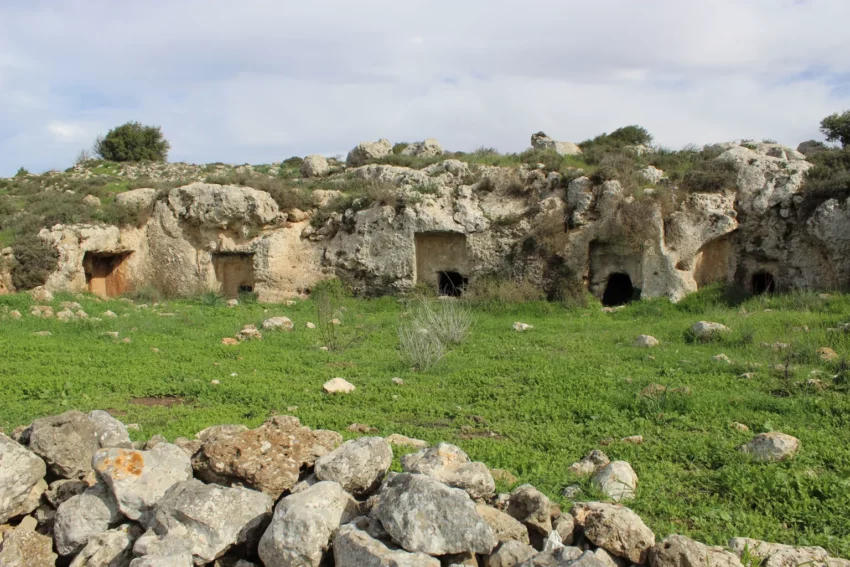Khirbet Jurish: Unearthing the Past of an Ancient Jewish Village
Khirbet Jurish, also known as Hurvat Geres in Hebrew, is an archaeological site located 30 kilometers southwest of Jerusalem. This site, protected by the Israel Nature and Parks Authority, offers a fascinating glimpse into a Jewish village dating back to the Second Temple period.
Get your dose of History via Email
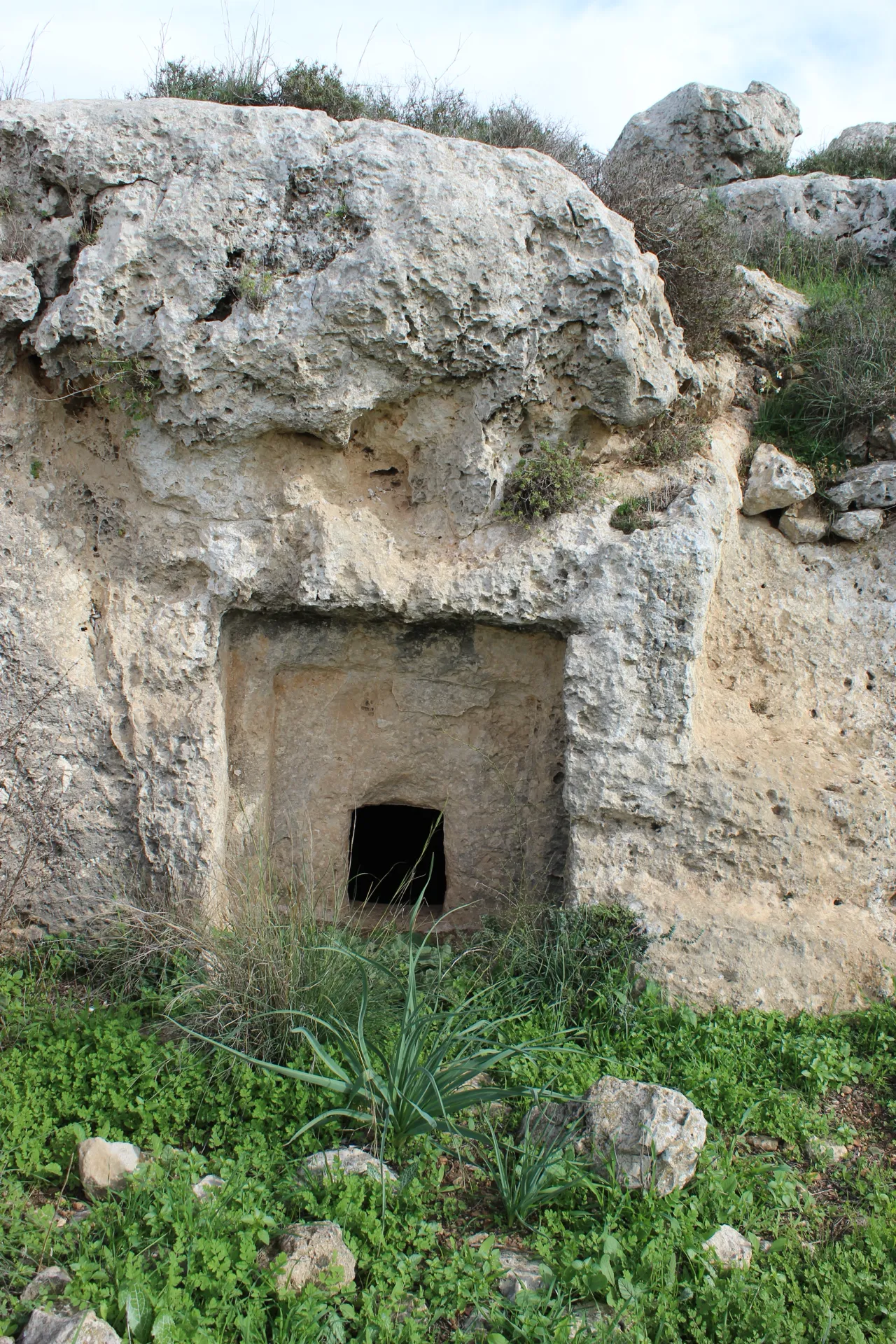
Location and Historical Significance
The ruins of Khirbet Jurish are perched on a hill to the west of Tzur Hadassa, on a mountain known as Har Kitron. The site lies along regional highway 375, making it accessible to visitors and researchers alike. Historically, the village was situated near the ancient Jerusalem-Beit Gubrin Roman road, which added to its strategic importance.
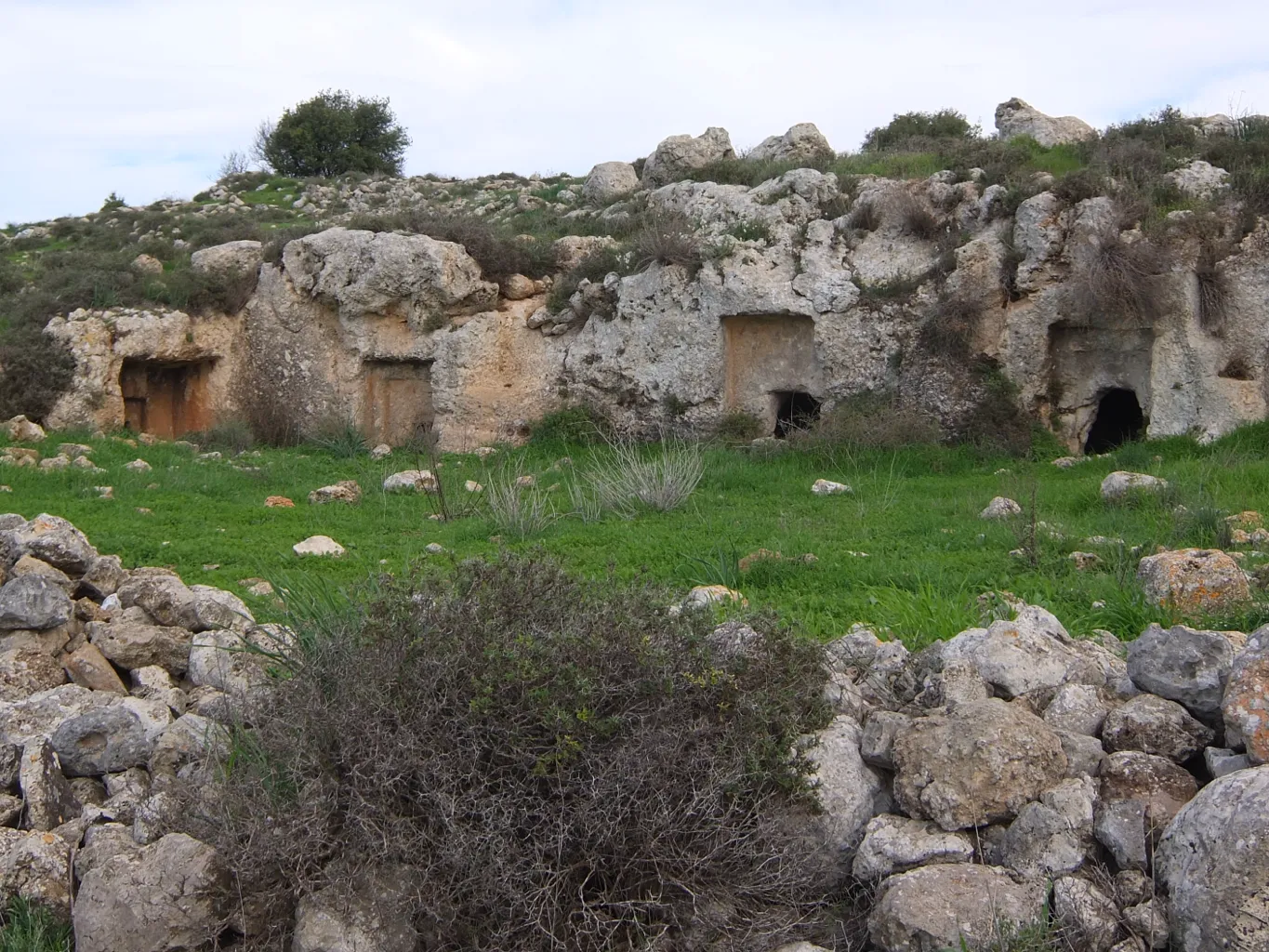
Archaeological Discoveries
The site, which covers about 40 dunams (9.8 acres), sits at an elevation of 751 meters (2,464 feet) above sea level. It was extensively surveyed by archaeologist Boaz Zissu on behalf of the Israel Antiquities Authority. Among the significant findings are three or four miqva’ot (ritual baths), confirming the village’s Jewish identity during the Second Temple period.
Additionally, the site features a large bottle-shaped cistern, with a depth of about six meters. The cistern’s base measures 4.3 by 4.7 meters, indicating its use as a vital water storage facility for the village. Potsherds discovered at Khirbet Jurish have been dated to the Hellenistic, early Roman, and Byzantine periods, providing a broader historical context for the settlement.
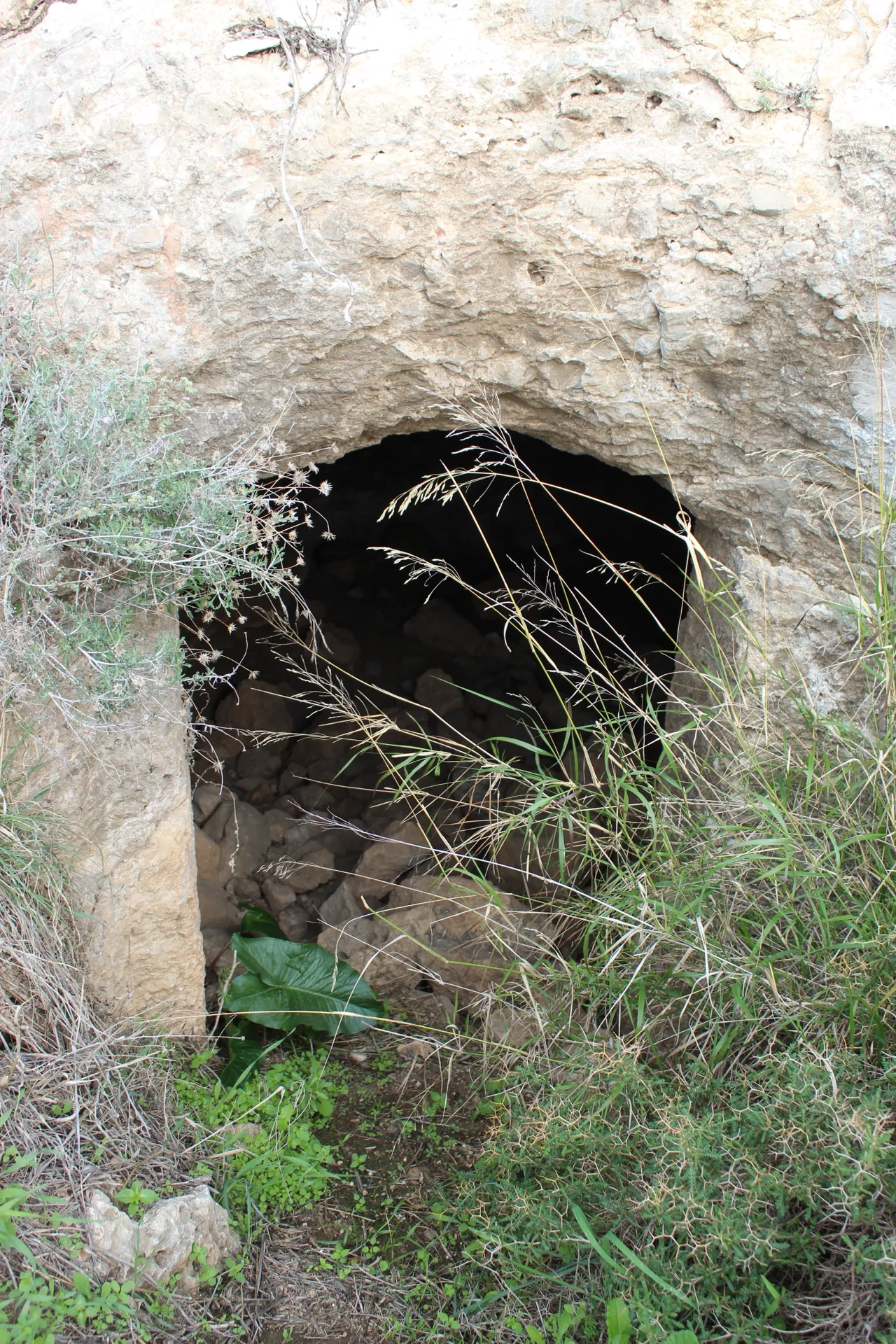
Burial Practices
One of the most intriguing aspects of Khirbet Jurish is its burial practices. On the western slope of the ruin, five rock-carved sepulchres have been uncovered. These ancient tombs offer evidence of the site’s long-standing significance and the reverence its inhabitants had for their dead.
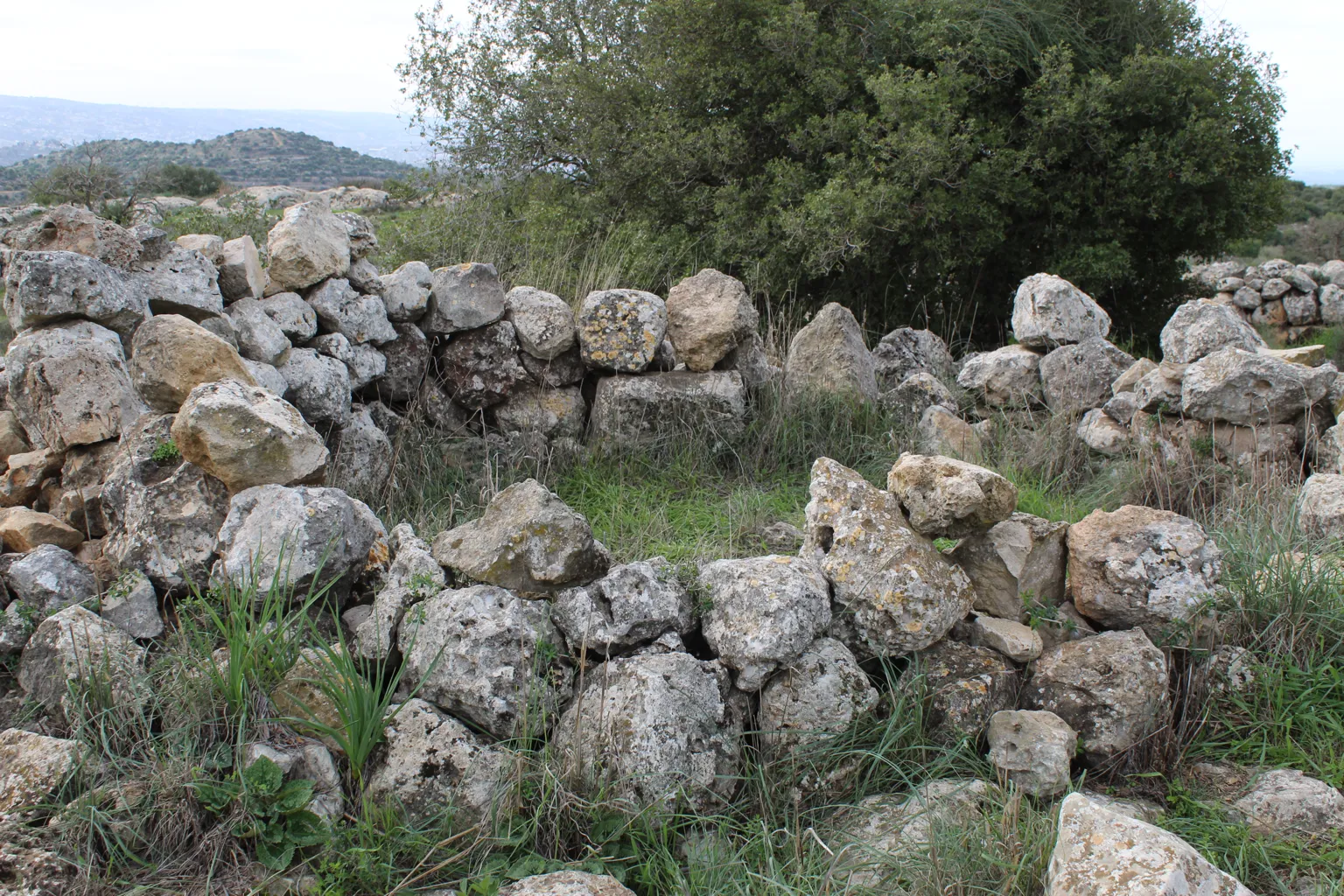
Conclusion
Khirbet Jurish stands as a testament to the rich history of Jewish life in the region during the Second Temple period. The archaeological finds, from ritual baths to ancient tombs, paint a vivid picture of a community that once thrived on this hilltop. As more research continues, this site will undoubtedly provide further insights into the daily lives and practices of its ancient inhabitants.
Sources:

